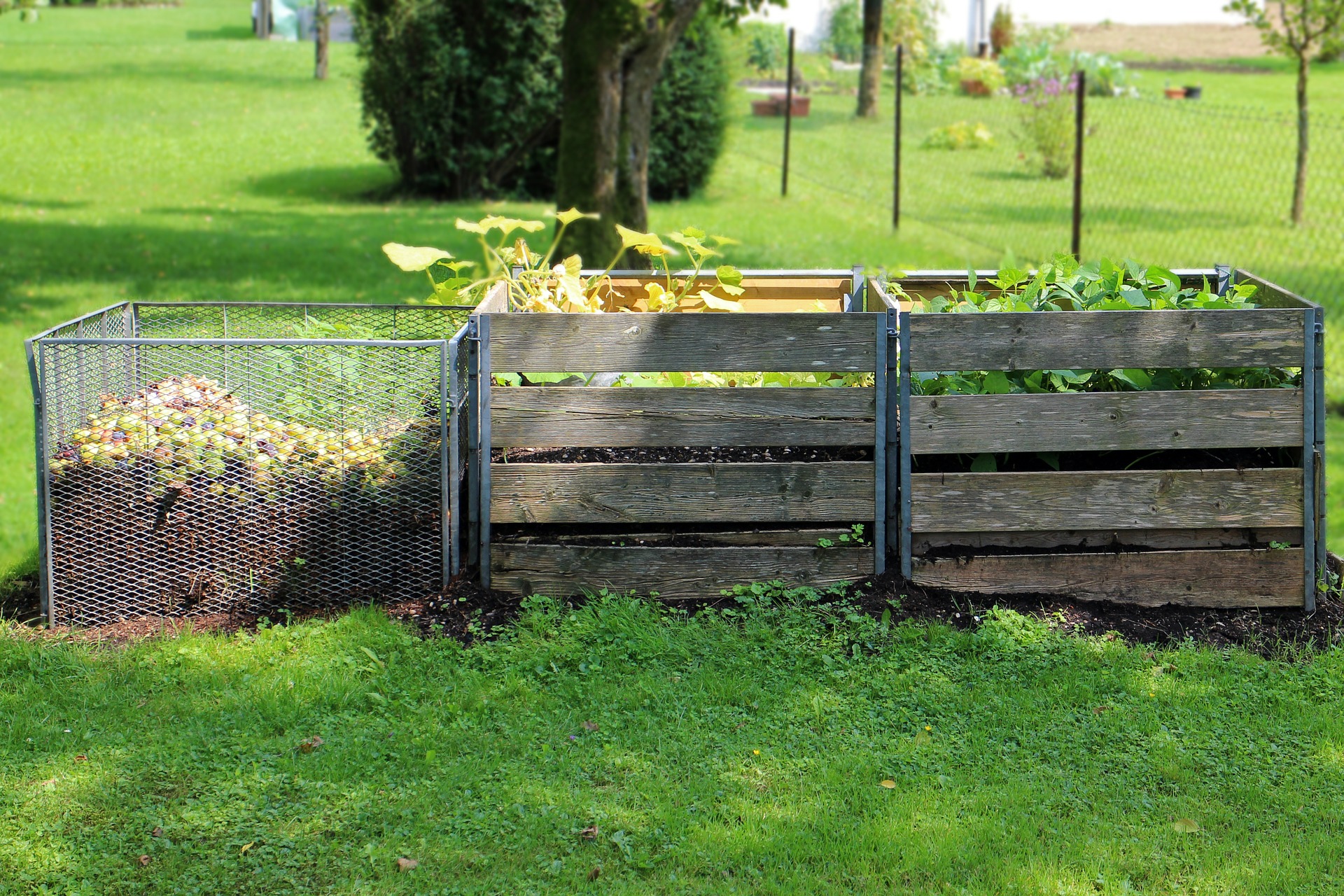
Setting up a Simple Backyard Compost System
Setting up
Leaf mold, vegetable matter, mulch, soil conditioner, humus or refuse heap—compost has a long list of names. But to the avid gardener it’s simply black gold, guaranteed to enrich soil, help retain moisture and suppress plant disease and pests. This has led many a green thumb to set up a simple backyard compost system to keep their garden lush and bountiful. It’s also one of the easiest ways to live a more balanced and sustainable life by sending less waste to the landfill. If you have the space (and the inclination), here are a few tips to get you started.
Location, Location, Location
To be successful, you need to set up your compost bin on well-drained soil near a water source that receives moderate sunlight. While you don’t want to dry out the composting material, some heat from the sun will help to speed along the process.
Not All Kitchen Scraps are Created Equal
It’s important to add both carbon based (brown) and nitrogen-based (green) items into your compost bin. In fact, to get the breakdown process started, try to maintain a 2:1 ratio (brown to green). It will help speed up the process if waste is shredded or in small pieces.
Carbon Based (Brown) Waste
These are the woody items and can be harder to fill their side of the ratio. Dried leaves, shredded newspaper, small pieces of cardboard, egg cartons, tree bark, straw, paper towels and peanut shells are all carbon based waste.
Nitrogen Based (Green) Waste
Much more readily available, these scraps include fruit and vegetable kitchen scraps, coffee ground, tea bags, green garden cutting, fresh leaves, flowers and grass clippings. Don’t get over zealous and add all your green scraps – success relies on keeping the ratio.
Layer, Water, Turn, Repeat
Now you know your brown scraps from your green, fill your compost with a layer of “brown” matter (about 6 in.), followed by a layer of “green” matter (about 3 in.). Water until moist, but not soggy. Repeat the layering process and turn. The more frequently you turn, the faster the organic material will break down.
How do you know it’s ready?
The process can take between 2 months and 2 years, depending on what scraps you use, your ratio and how often you turn. When compost is the color of healthy soil, has a loamy consistency, and smells like earthy goodness, it’s ready
To activate your compost, take a shovel of soil from your garden to introduce beneficial microorganisms or you can purchase a compost activator at your local garden centre.
Photo by: Manfred Antaranis Zimmer from Pixabay

